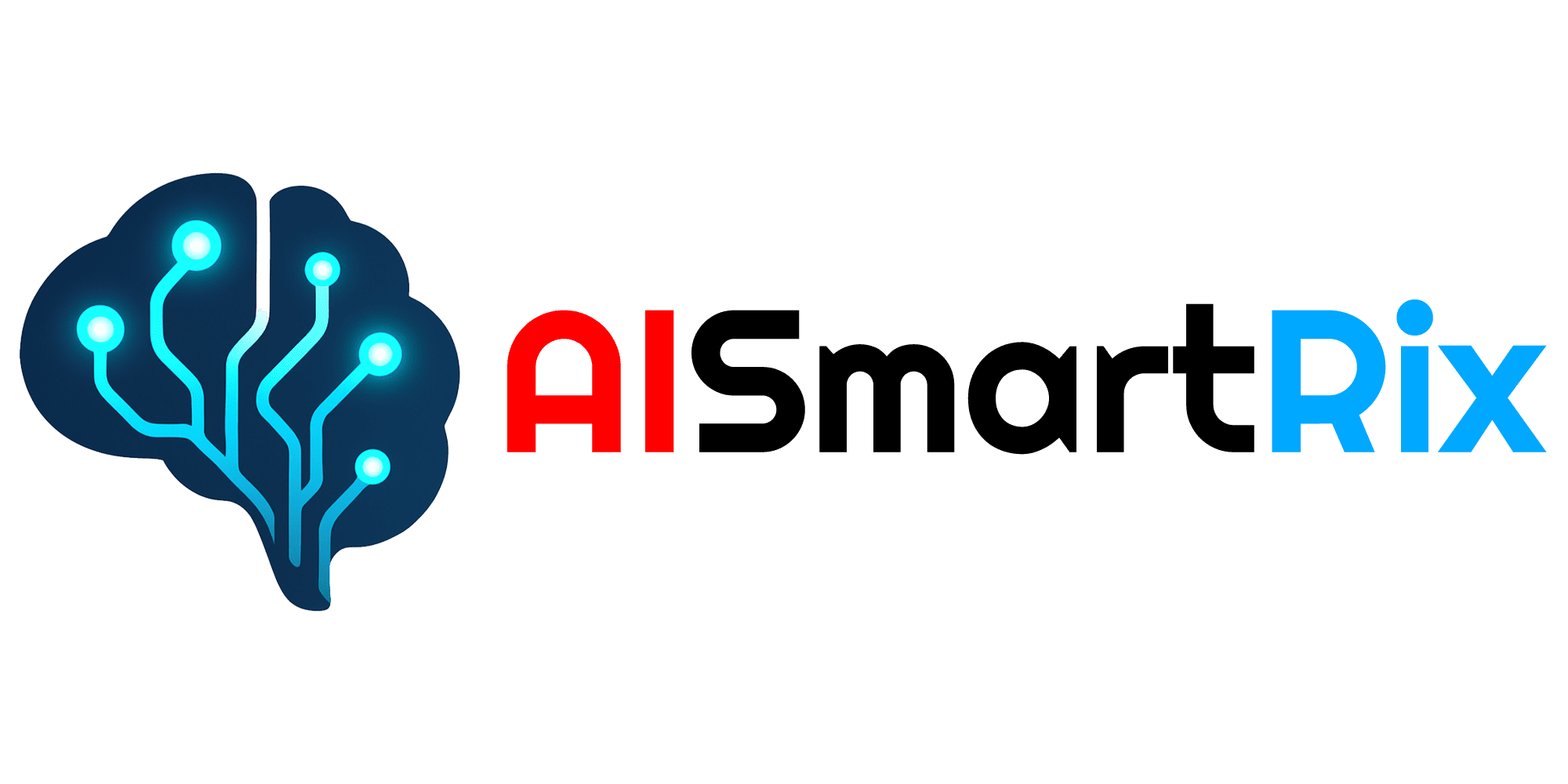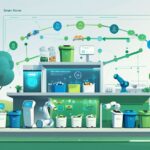From Beginner to Pro: A Complete Guide to Learning AI in 2025
Artificial Intelligence (AI) has moved from futuristic headlines to everyday reality. In 2025, AI powers everything from healthcare diagnostics and self-driving cars to smart homes and digital creativity tools. With this rapid adoption, one question has become central for students, professionals, and curious learners alike: how do you actually learn AI in today’s fast-changing landscape?
This guide walks you step by step—from beginner to pro—showing you the best pathways, tools, skills, and strategies for mastering AI in 2025.
Why Learning AI in 2025 Matters More Than Ever
- Career opportunities: The demand for AI engineers, data scientists, and machine learning specialists has exploded, with six-figure salaries becoming the norm.
- AI in every industry: Healthcare, finance, education, retail, energy, and entertainment are all being transformed by AI.
- Future-proof skills: As automation increases, understanding AI ensures you can adapt and thrive.
- Creativity boost: AI is not just technical—it fuels art, writing, music, and design.
Whether you’re a beginner exploring AI basics or a professional aiming for advanced mastery, learning AI in 2025 is one of the smartest career and life investments you can make.
Step 1: Start with the Basics of AI
Before diving into coding or advanced models, you need a strong foundation. Here’s where to begin:
- Understand what AI is – Learn the difference between Artificial Intelligence, Machine Learning (ML), and Deep Learning (DL).
- Get familiar with everyday AI applications – virtual assistants, recommendation engines, chatbots, and predictive analytics.
- Learn basic statistics and mathematics – Probability, linear algebra, and calculus are the backbone of AI algorithms.
- Focus on programming basics – Python is the leading AI language thanks to its vast libraries (TensorFlow, PyTorch, Scikit-learn).
👉 Tip: Beginners should start with free online courses like AI for Everyone or YouTube tutorials to build confidence.
Step 2: Learn Essential Programming and Tools
Programming is at the heart of AI. In 2025, the most relevant tools and languages include:
- Python – Still the #1 language for AI and machine learning.
- R – Popular for data analysis and statistics.
- SQL – Essential for managing large datasets.
- AI frameworks – TensorFlow, PyTorch, Keras, Hugging Face Transformers.
- Cloud platforms – AWS, Google Cloud AI, Microsoft Azure, all of which provide pre-built AI services.
👉 By mastering these tools, you’ll be able to build your own models instead of relying only on pre-built AI systems.
Step 3: Explore Machine Learning (ML)
Machine Learning is where AI comes to life. Focus on:
- Supervised learning – Teaching AI with labeled data (e.g., spam detection).
- Unsupervised learning – AI finds patterns in unlabeled data (e.g., customer segmentation).
- Reinforcement learning – AI learns through trial and error (e.g., gaming, robotics).
Hands-on projects are key: try creating a spam email classifier, movie recommender, or stock prediction model.
Step 4: Deep Learning and Neural Networks
Once you understand ML, move into deep learning:
- Neural networks – The structure behind AI’s “thinking.”
- Computer vision – AI that recognizes images and videos.
- Natural Language Processing (NLP) – AI that understands and generates human language (e.g., ChatGPT).
- Generative AI – Creating images, text, or music using models like diffusion and transformers.
👉 In 2025, multimodal AI (combining text, audio, and images) is exploding, making this a critical area to study.
Step 5: Work on Real-World Projects
Learning theory is good—but projects make you pro. Examples:
- Build a chatbot for customer support.
- Create an AI-powered healthcare diagnostic app.
- Train a model to predict housing prices.
- Develop a personalized recommendation system.
Showcasing projects on GitHub or Kaggle makes you stand out to employers.
Step 6: Learn AI Ethics and Responsible AI
AI isn’t just about technology—it’s also about ethics and responsibility. In 2025, companies face stricter AI regulations (like the EU AI Act). To be a true AI professional, you must understand:
- Bias and fairness – Ensuring AI doesn’t discriminate.
- Data privacy – Respecting user data and complying with regulations.
- Transparency – Building AI that can be explained and trusted.
Employers are now prioritizing AI professionals who understand both technical and ethical dimensions.
Step 7: Advanced AI Specializations
Once you’ve mastered the foundations, it’s time to specialize. In 2025, the hottest AI fields include:
- Healthcare AI – Early diagnosis, medical imaging, drug discovery.
- Autonomous vehicles – Self-driving car AI systems.
- AI in finance – Fraud detection, algorithmic trading.
- AI for sustainability – Smart grids, eco-tech, climate modeling.
- Generative AI for creativity – Music, film, design, and writing.
Specializing allows you to differentiate yourself in the job market and focus on industries you’re passionate about.
Step 8: Stay Updated with AI Trends
AI evolves faster than almost any other field. To stay relevant:
- Follow AI research papers (ArXiv, Google Scholar).
- Join AI communities on Reddit, Discord, and LinkedIn.
- Subscribe to tech blogs and newsletters focused on AI.
- Experiment with new tools like OpenAI’s GPT-5, Meta’s Llama models, or Google DeepMind innovations.
👉 Continuous learning is the only way to keep up in this hyper-competitive AI race.
Step 9: Build Your AI Career
If your goal is a career in AI, here’s how to transition:
- Create a portfolio – Highlight your projects, certifications, and GitHub contributions.
- Earn certifications – Google AI, Microsoft AI, Coursera, or Udacity nanodegrees.
- Network – Attend AI conferences, webinars, and local meetups.
- Freelance or internships – Real-world experience is key.
By 2025, AI careers include AI engineer, data scientist, ML researcher, AI ethics consultant, robotics developer, and AI product manager.
Step 10: From Beginner to Pro Mindset
The journey from beginner to pro in AI isn’t just about skills—it’s about mindset:
- Be curious – Always ask how AI works behind the scenes.
- Be patient – AI can be complex; progress takes time.
- Be practical – Balance theory with real projects.
- Be ethical – Build AI that benefits society, not just profits.
Final Thoughts
In 2025, learning AI is no longer optional—it’s essential. Whether you’re a student aiming for a career in AI, a professional upgrading your skills, or a creator using AI for art and innovation, the opportunities are endless.
The path from beginner to pro involves solid foundations, hands-on projects, ethical understanding, and constant learning. With the right mindset and persistence, you can not only master AI but also help shape the future of technology itself.
So, here’s the big question: are you ready to start your AI journey today and see where it takes you by 2025 and beyond?





